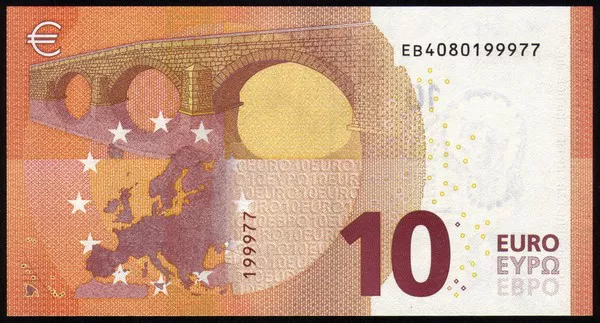It can be divided into horizontal market and vertical market.
Horizontal is mainly the concept of global markets.
Banks and dealers in London, New York and Tokyo buy, while banks and dealers buy from higher markets and then enter the interbank market.
The main difference here is that the retail market and the interbank market the horizontal foreign exchange market is mainly divided by regions and financial centers around the world.
Modern markets are generally distributed in the world’s major central cities, such as London, New York, Paris, Frankfurt, Zurich, Wellington, Tokyo, Singapore, Indonesia, Hong Kong and other world famous financial centers and foreign exchange centers. The interaction and influence of these centers form a global foreign exchange network.
Among them, London, New York, Paris, Tokyo, Frankfurt, Switzerland, Singapore, Hong Kong, Japan and other foreign exchange centers are the most representative. In addition, due to time zone and time difference, such a horizontal global market almost opens and closes one after another, forming a circular 24-hour market.
Three major foreign exchange markets: New York Foreign Exchange market, London Foreign Exchange market and Tokyo Foreign Exchange market.
The New York Foreign Exchange Market is the largest foreign exchange market in the United States.
The New York foreign exchange market has no fixed trading venue.
Instead of gathering at fixed locations to transact, customers transact via modern communications equipment such as telephones, telegrams and telex.
At present, the New York foreign exchange market has established the most modern computer system.
Its computer system and monitoring system include all procedures for foreign exchange trading and credit control.
Through market electronics controlled by the Foreign Exchange Market Electronic Control Center, customers can keep abreast of the world’s major markets and keep in close contact with the banks engaged in them, which constitute the foreign exchange market in the Bank Building in New York.
The London Foreign Exchange Market is a famous international foreign exchange market.
It has a long history, a large transaction volume, and an advanced modern electronic communication network.
It is the largest foreign exchange market in the world.
The London Foreign Exchange Market consists of foreign exchange banks and foreign exchange brokers appointed by the Bank of England.
Foreign exchange banks and foreign exchange brokers form the industry’s self-regulatory bodies, the London Committee of Foreign Exchange Bankers and the Foreign Exchange Brokers Association respectively.
As the centre of the European money market, a large number of foreign banks have set up branches in London.
At present, there are more than 200 banks dealing in foreign exchange, most of them foreign banks.
In the London Foreign Exchange market, banks and other financial institutions engaged in foreign exchange trading have adopted advanced electronic communication equipment.
They are the center of trading in Europe and also play an important role in trading,, and against the dollar.
Tokyo Foreign Exchange Market in Japan Since the 1970s, Japan has implemented a policy of financial liberalization and internationalization.
Since December 1980, the new foreign exchange Amendment Law has been implemented, foreign exchange control has been completely abolished, residents and loans are basically free, securities issuance, investment and capital transactions are basically free.
With the evolution of the foreign exchange management system, the Tokyo Foreign Exchange market has rapidly developed from a regional foreign exchange trading center to the third largest foreign exchange market in the world, second only to London and New York, with the annual trading volume ranking the third in the world.
The Tokyo foreign exchange market consists of the interbank market and the customer market.
The interbank market is the core of the foreign exchange market, and its members include foreign exchange operating banks, brokerage banks and (central bank).
There are more than 200 foreign exchange operating banks in Japan, including city banks, long-term credit banks, trust banks, local banks and foreign banks.
In principle, transactions between foreign exchange operating banks must be conducted indirectly through brokerage firms.
However, since the requirement for YEN-dollar swaps to be traded through a designated broker was eliminated in 1985, about half of the foreign exchange transactions between banks are conducted directly.
Tokyo’s foreign exchange market is diversifying.
The Fed may step on the accelerator as global central bank resolutions come thick and fast.
Please pay attention to the specific operation, the market is changing rapidly, investment needs to be cautious, the operation strategy is for reference only.


























